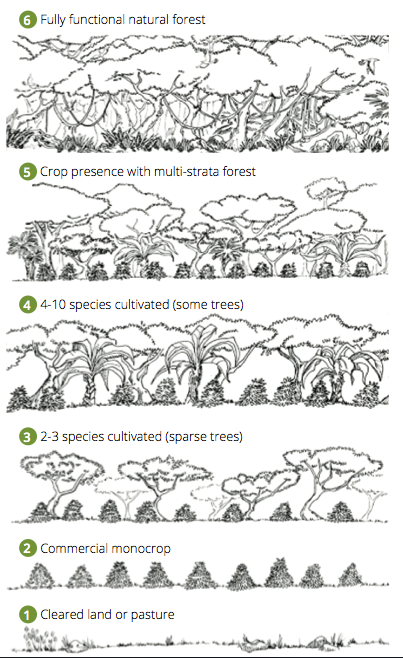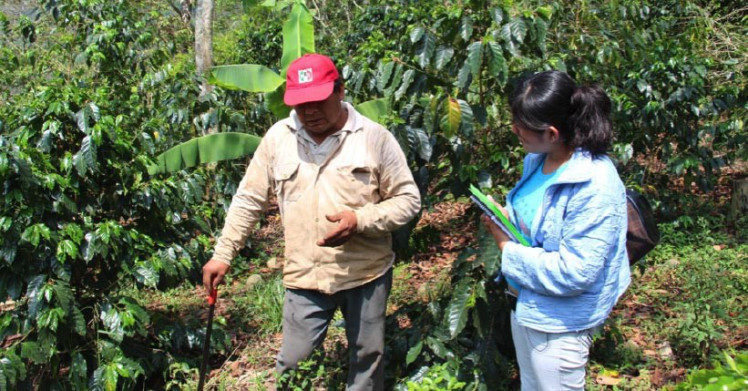When setting up a sustainability assessment system, no step is more critical for success than defining good indicators to measure. The COSA library of indicators for smallholder agricultural sustainability is crafted with the following best practices in mind to ensure our sustainability measurement framework is practical, globally consistent, accurate, and useful throughout the supply chain.
SMART Principles—several organizations (COSA included) suggest useful indicators exhibit the following characteristics:
- Specific in definition, so that the same thing is measured in the same way across programmes and regions
- Measurable with reasonable cost and effort—relying on proxies where necessary
- Achievable and actionable—the indicator is practical and provides information that can inform programmes and investments
- Realistic—avoiding theoretical or naïve indicators
- Trackable and oriented to capture change over time, allowing enough sensitivity to show incremental and directional change
For example, one of the most popular sustainability indicators in smallholder agricultural systems is Farmer Income. Though this indicator may seem straightforward, it is important to be specific in the definition of income so that the measurement remains consistent. Without a clear definition, we don’t know if the income calculation is limited to agricultural production or whether it also includes off-farm income? Are credit costs included? Capital? The opportunity cost of unpaid household labor? Being specific in the definition makes the indicator transparent and grounds the result in a known context.

For environmental indicators, COSA often uses proxies to measure sustainability with reasonable cost and effort. For example, to measure Biodiversity would require significant technical expertise and could be costly to measure with resources on individual farms. Instead, COSA relies on a proxy, which has been used with many leading environmental organizations. The proxy involves asking farmers to look at a picture with several ecotypes and determine how much of their farm has each level of tree cover. This is a practical and low cost way to understand approximate biodiversity levels across a number of farms quickly and easily.
Beyond SMART principles, COSA further recommends that successful indicators:
Align with International Norms–ensuring validity and credibility. It is best practice to use indicators that have been developed through broad participatory processes and that are benchmarked to international agreements—for example, using labour indicators that have been benchmarked to the International Labour Organisation or health indicators that reflect World Health Organization standards.
Ensure a multi-dimensional framework—sustainability necessitates balancing social, environmental, and economic factors. Otherwise organisations can be at risk of missing key factors that can compromise projects, investments, and reputation (e.g., increasing productivity or returns while polluting the surrounding environment or engaging in harmful labour practices). Good assessment design means ensuring that indicators in multiple dimensions of sustainability are being examined together to understand synergies and trade-offs.
When the above criteria are met, organizations will find their indicators to be credible, provide actionable information at a reasonable cost, and ensure that no dimension of sustainability is being improved at the expense of another. To learn more and to access COSA’s indicator library that addresses multiple dimensions and themes of smallholder agricultural sustainability, please visit: https://data.thecosa.org/indicators-master-list/.






